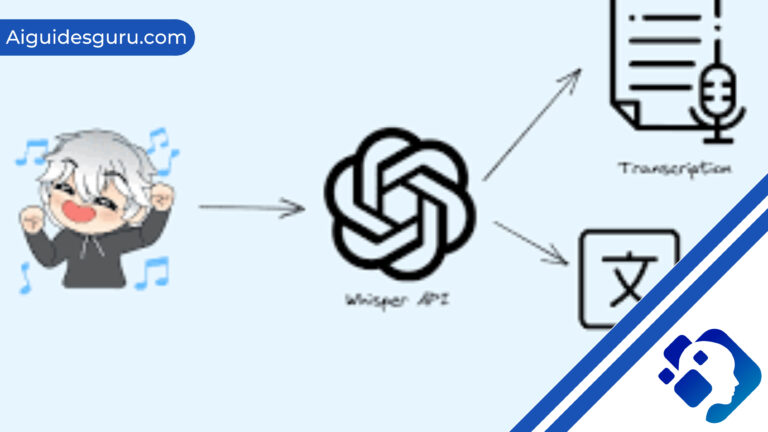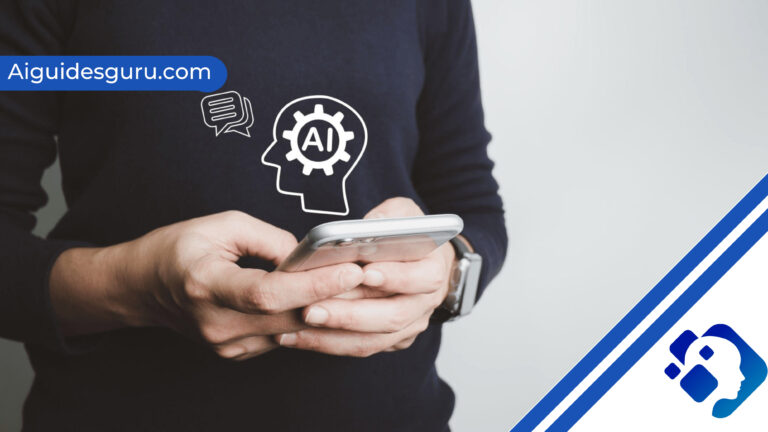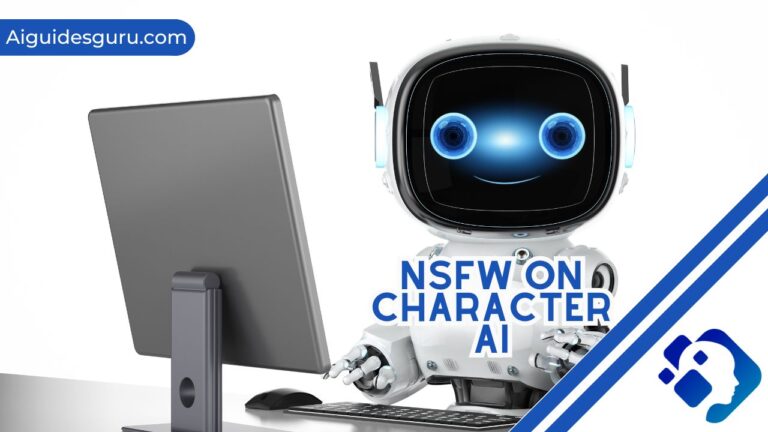ChatGPT Defining Rules for DSL

In the rapidly evolving landscape of software development, Domain-Specific Languages (DSLs) have emerged as powerful tools that bridge the gap between human understanding and machine execution. These specialized languages allow developers to express solutions in a way that is closer to the problem domain, thereby enhancing productivity and reducing errors. As we step into the year 2023, the synergy between DSLs and artificial intelligence has reached new heights with the integration of ChatGPT. In this comprehensive guide, we will explore how ChatGPT defines rules for DSL and its importance.
What is a Domain-Specific Language?
A Domain-Specific Language (DSL) is a programming language tailored to a specific domain or problem area. Unlike general-purpose programming languages, DSLs are designed to solve particular problems within a specific context. They provide a higher level of abstraction that allows developers to express solutions in a more intuitive and concise manner. DSLs can be categorized into two types: external DSLs and internal DSLs.
External DSLs are standalone languages that have their own syntax and semantics. They are typically used for complex domains where a dedicated language provides significant benefits. On the other hand, internal DSLs are embedded within a general-purpose programming language. They leverage the host language’s syntax and semantics to create a domain-specific vocabulary and provide a more specialized interface for the problem domain.
The Power of ChatGPT in DSL Development
ChatGPT, powered by the GPT-3.5 infrastructure, is a language model that has revolutionized the field of natural language processing. It has the ability to generate human-like text and has been widely adopted in various industries. ChatGPT’s integration in DSL development brings several advantages, including improved clarity and conciseness, customization and flexibility, seamless learning and adaptation, enhanced collaboration and communication, error prevention and detection, and continuous improvement.
Rule 1: Clarity and Conciseness
One of the critical aspects of DSL development is clarity and conciseness in the language’s syntax and semantics. ChatGPT’s natural language processing capabilities enable developers to create DSLs that are more intuitive and user-friendly. By leveraging ChatGPT, developers can express their intentions in a more human-like manner, making it easier for both domain experts and programmers to collaborate effectively. This results in DSLs that are not only powerful but also accessible to a wider range of users.
Read More: Can Universities Detect ChatGPT?
Rule 2: Customization and Flexibility
DSLs should provide a high degree of customization and flexibility to cater to specific problem domains. ChatGPT’s integration allows DSLs to be more adaptable to changing requirements. Developers can interact with ChatGPT to modify and extend the DSL’s capabilities, enabling dynamic adjustments without extensive changes to the core language design. This flexibility empowers developers to tailor the DSL to their specific needs, resulting in more efficient and effective solutions.
Rule 3: Seamless Learning and Adaptation
A modern DSL should be designed to learn from user interactions and adapt over time. ChatGPT’s machine learning capabilities facilitate this process. Through continuous user interactions, the DSL can leverage ChatGPT’s insights to offer intelligent suggestions, reducing development time and guiding developers towards more efficient solutions. This seamless learning and adaptation feature ensures that DSLs remain relevant and up-to-date in an ever-changing technological landscape.
Rule 4: Collaboration and Communication
DSLs should facilitate seamless collaboration between domain experts and developers. ChatGPT’s integration acts as a bridge between the two groups, enabling effective communication. Domain experts can articulate requirements in natural language, which ChatGPT can then translate into DSL code, ensuring that the software accurately represents the intended functionality. This collaboration and communication feature enhances the development process, ensuring that the DSL meets the needs of the domain experts while remaining technically sound.
Rule 5: Error Prevention and Detection
A key aspect of DSLs is their ability to catch errors early in the development process. ChatGPT enhances this capability by offering real-time feedback and error detection suggestions as developers write DSL code. By understanding the context and purpose of the code, ChatGPT can provide more nuanced guidance, resulting in higher-quality code and reduced debugging efforts. This error prevention and detection feature significantly improves the overall quality and reliability of DSLs.
Rule 6: Continuous Improvement
DSLs should embrace continuous improvement to stay relevant in an ever-changing technological landscape. ChatGPT’s integration brings the advantage of ongoing updates and enhancements. As ChatGPT learns from interactions and adapts to new challenges, DSLs can leverage these improvements to enhance their own capabilities. This continuous improvement feature ensures that developers always have access to cutting-edge tools, enabling them to create DSLs that are at the forefront of technological advancements.
Read More: Windows 11 Can’t Connect To This Network
Conclusion
The integration of ChatGPT in DSL development has unlocked new possibilities for creating powerful and user-friendly languages. By adhering to the defining rules for DSLs outlined in this guide, developers can harness the full potential of ChatGPT to create DSLs that are clear, concise, customizable, and adaptable. These DSLs enable seamless collaboration, offer error prevention and detection, and embrace continuous improvement. As technology continues to advance, the synergy between DSLs and artificial intelligence will continue to shape the future of software development.
FAQs
Q: What is a Domain-Specific Language (DSL)?
A: A Domain-Specific Language (DSL) is a programming language tailored to a specific domain or problem area. It allows developers to express solutions in a way that is closer to the problem domain, enhancing productivity and reducing errors.
Q: How does ChatGPT enhance DSL development?
A: ChatGPT enhances DSL development by providing natural language processing capabilities, enabling developers to create DSLs that are more intuitive and user-friendly. It facilitates customization, seamless learning and adaptation, collaboration and communication, error prevention and detection, and continuous improvement.
Q: What are the benefits of using ChatGPT in DSL development?
A: The benefits of using ChatGPT in DSL development include improved clarity and conciseness, customization and flexibility, seamless learning and adaptation, enhanced collaboration and communication, error prevention and detection, and continuous improvement. These benefits empower developers to create powerful and user-friendly DSLs.






